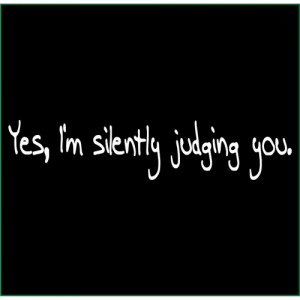Ever read a line and it hits you as a WOW! moment? You know a paragraph that when you read it clarifies something so well that it is embarrassing that you haven’t connected the dots on your own?
I had one of those moments this past week when reading How Voters Decide. It is a good read that takes Behavior Decision Theory and applies it to politics in an attempt to look inside the black box of how people actually make a political/voting decision.
However, there was one paragraph that made me take notice. I am not sure why this point struck me as so profound, but it did.
Eureka!
“Of course, one can make a judgement even when no choice is involved. The evaluation of an incumbent between elections represents on such “choiceness” judgements in politics.” (Lau & Redlawsk 2006)
“Evaluation is about making a judgement on some dimension of interest about an object regardless of how many objects are being evaluated, while choice is inherently about selecting from a set of alternatives.” (Lau & Redlawsk 2006)
“Finally it becomes quite clear that global evaluations – at least in elections – do not have to translate directly to a vote. Strategic voting, for example, might lead to a choice of a candidate with a lower evaluation if the voter believes that candidate has a better chance of winning, as might a vote made for other external reasons, such as based on group affiliation or please someone else.” (Lau & Redlawsk 2006)
“Choosing one alternative from a set can invoke different psychological processes than judging alternatives, which are presumable evaluated one at a time.” (Johnson & Russo 1988)
The separation and distinguishing of choice and evaluation is a major realignment of a framework for me.
When you separate out the two functions, then you can develop distinct communication strategies to affect each process. Once you place these two processes independent of each other, differing communication strategies start to percolate.
Evaluation happens between elections….choice happens at elections. Off season communications versus campaign communications.
The processes of evaluation & judgement require different types and amounts of information. Choice requires less information.
You can also see the ramifications of voters voting for some other candidate other than the one they evaluate the highest.
Finally, when you understand this distinction, you understand that the rational voter model doesn’t exist and you better tailor your communications properly to account for your audience and the communication process being employed.
I know, maybe not Earth-shattering, but still a significant framework structure to help organize your communication programs.
